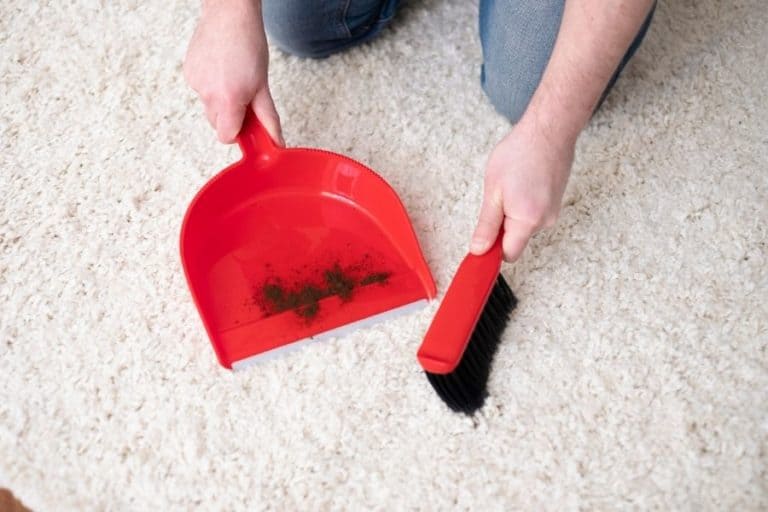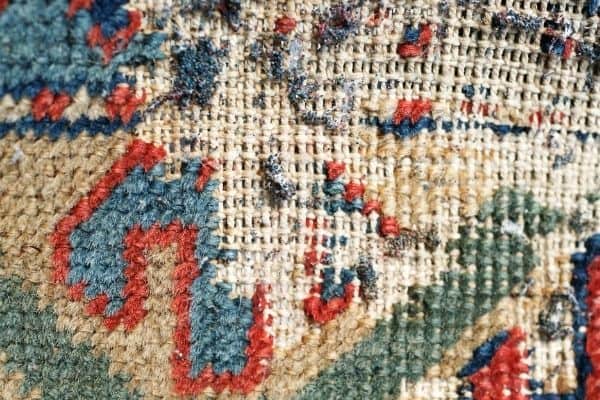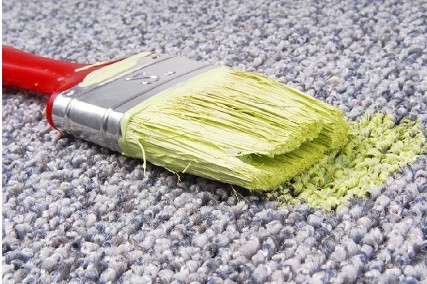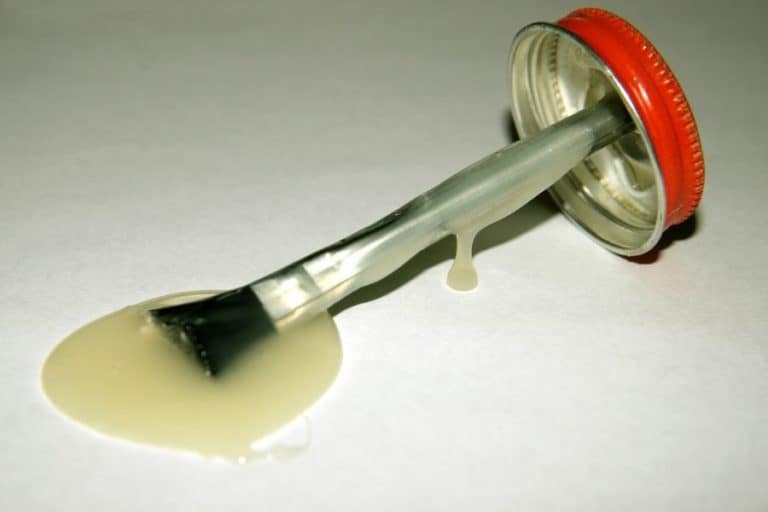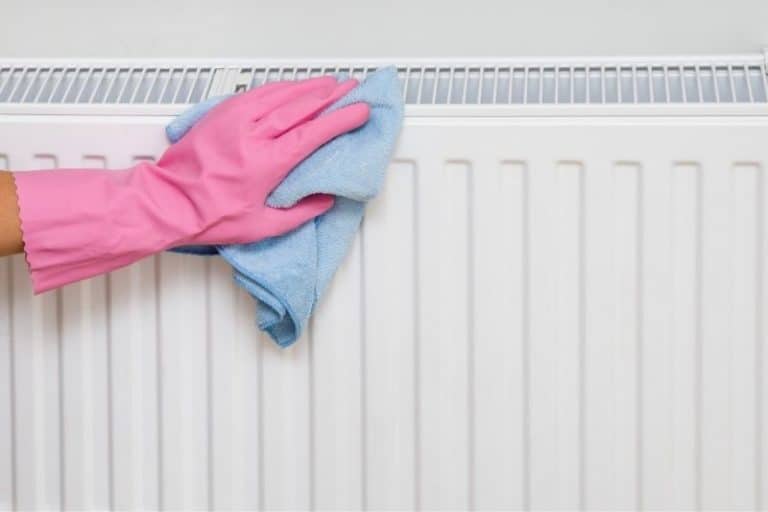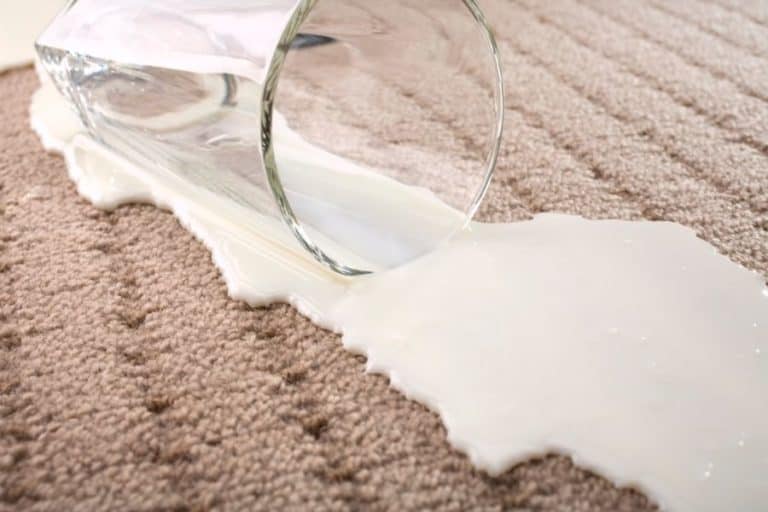Water damage is a common problem in homes and businesses. It’s also an expensive problem to repair. If you’ve ever had water damage, you know how quickly it spreads throughout a home.
Most people try to dry out carpet after a flood or leak. However, there are proper ways of drying carpet after water damage. These methods can save you money and reduce the amount of time it takes to get back to normal.

Things to Consider Before Drying Carpet After Water Damage
1. Fix the Leak Before Drying Your Carpet
If you have a leak in your home or business, fix it before trying to dry out your damaged carpet. This will ensure that any moisture left behind won’t cause further problems with mold growth and other issues. If you don’t know how to repair leaks on your own, call an expert for assistance. They can help identify where exactly the leak is coming from so they can find and fix all sources. In addition, they may be able to suggest products that could prevent future leaks by sealing cracks and gaps around pipes or appliances.
2. Inspect Your Carpet for Water Damage
If you notice wet spots on your flooring, this could be an indication of hidden water damage beneath your feet. To locate these problems more easily, use a flashlight to inspect every inch of your rug. Also, check around door frames and baseboards. These areas tend to collect moisture because they’re not properly sealed off.
3. Remove Items from the Wet Carpet
Before starting any drying or cleaning process, you want to make sure that furniture and other items have been removed from the carpet.
4. Reduce Traffic on Wet Carpet
Due to its fragile state, stepping on a wet carpet can cause it to wear out. Before you start drying your carpet, make sure to bring any items that you need from the room out.
How to Dry Carpet After Water Damage
After removing everything from the area affected by flooding or leaking, begin the drying process immediately. It’s important to act quickly to limit damage and prevent mold when drying carpeting.
Getting rid of the water first is the best way to dry the carpet. It will take much longer and can ruin your carpeting if you try to dry it while it’s soaked.
1. Extract the water
If the carpet is wet but not completely so (less than an inch of water), then a wet/dry vac should be sufficient. A wet/dry vac has far more suction power than a regular vacuum cleaner. Not only does a wet/dry vac have more suction power, but it is also designed to handle water suction, unlike a regular vacuum cleaner.
A second method of drying the wet carpet is to use towels. Spread them out on the wet portion of the carpet and press them down firmly. This works best when only a small area is wet.
If the carpet is completely saturated, then a submersible pump is needed. Both the wet/dry vac and submersible pump can easily be rented from your local home improvement store.
You can also sprinkle a layer (or layers) of cat litter down, then press it into the carpet with towels. Once the cat litter is saturated, vacuum up with a wet/dry vac and repeat the process until the carpeting is just barely damp to touch.
2. Check the carpet padding
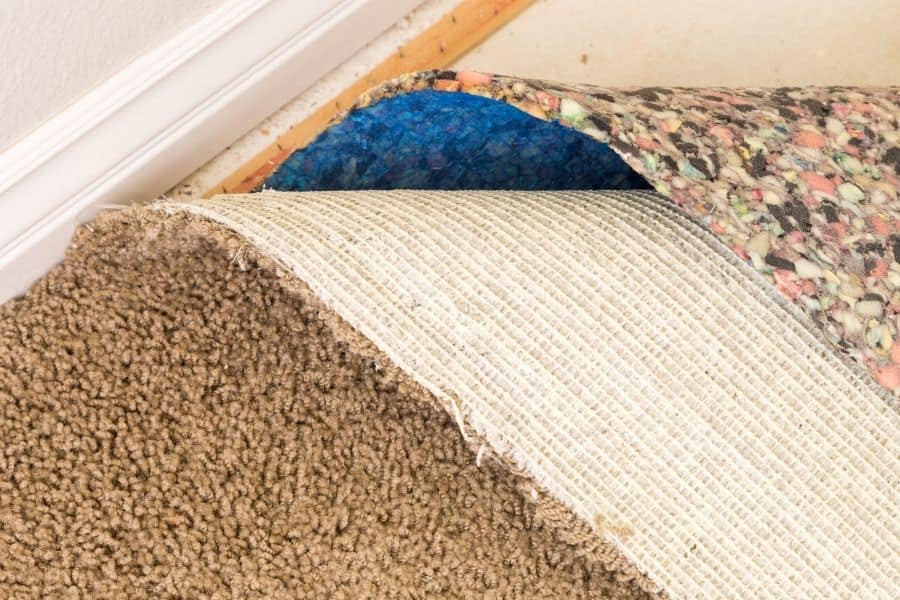
Carpet padding is usually made of a urethane foam called rebond. Rebond is more resistant to moisture than wool or fiber pads. However, water does take its toll on all types of padding.
If you use carpet padding, it will soak up a lot of water. You can’t re-use it. It will get wet and mildew, grow mold and become stinky. If you had a professional installation, wear leather gloves and remove the carpeting and padding. Then, throw it away.
3. Dry the carpet
If you want to speed up drying, you should use fans and dehumidifier units. Fans blow air across the surface of the material, while dehumidifiers remove moisture from the air.
If you do not have a ceiling fan, make sure you have a desk or stand-alone fan available. You must have some sort of fan to help dry your carpet. Otherwise, it will take a very long time to dry, which could cause your carpet to become moldy. Run two fans on opposite sides of the room at high speed to circulate the air properly.
If you can, remove the carpeting from the floor and place fans above and below it. Doing so will reduce the drying time and increase the chance of saving the carpet padding and subflooring.
To dry smaller sections of the wet carpet, you can also use a hairdryer on the low or middle setting. Keep it a few inches above the carpeting and move it backwards and forwards across the floor. Before testing it to see if it’s dry, let it cool down first. If you check it while it’s still hot, the carpeting will appear dry even when it’s wet.
4. Clean and sanitize the carpet
Finally, you should also clean your carpeting. Doing so will remove stains and odors. And it will also help restore your carpet pile. Invest in a steam cleaner or rent one as you rehabilitate your home after water damage. You may also want to use an anti-microbial product to prevent the growth of mold spores.
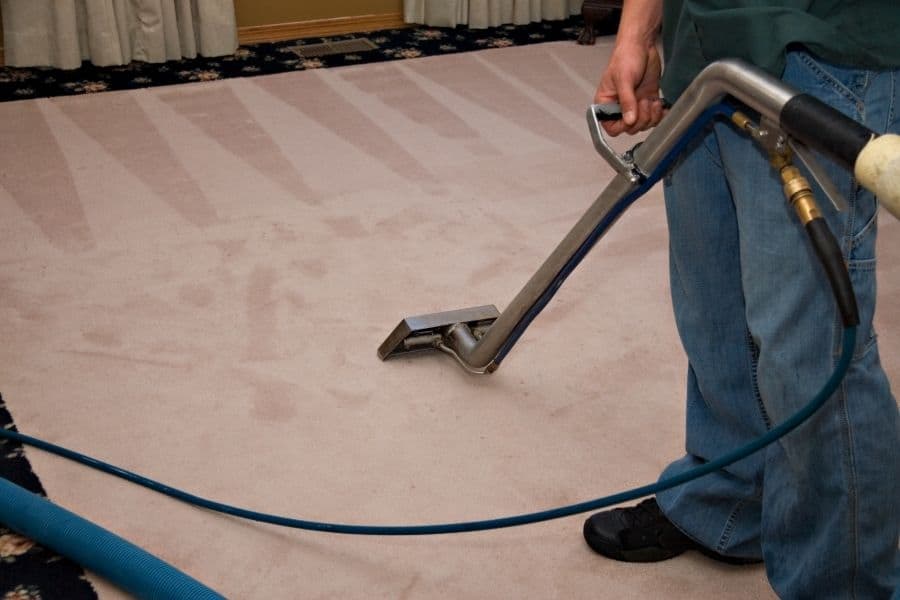
5. Reinstall the carpet
After the carpet and flooring have completely dried, replace any padding underneath the carpeting. Then, install the new carpeting. It can sometimes be difficult to reinstall dried carpet because it becomes very stiff when dry. You may want to hire a professional who has experience installing carpeting, they will have access to tools of the trade that may not be available to you.
How Long Does It Take For Carpet To Dry After Water Damage?
Wet and sodden carpets are a problem. It’s understandable that you would prefer your carpets to dry sooner than later. Generally speaking, the answer to how soon does it take for carpets to dry has a lot to do with how wet they are currently and what caused them to become wet. External factors such as temperature, humidity, and wind speed also affect drying times.
It is important to take care of water damage immediately. Mold can grow in 48-72 hours after water damage occurs. So, if you do not address the problem within this time frame, the mold will continue to grow and cause additional damage.
Therefore, you need to ensure that the carpet dries within 48 hours after the water damage.
If the carpet, pad and flooring have been soaked for over 48 hours, then it needs to be removed and replaced. If the water comes from an unclean source, then everything affected must be replaced to make sure that your home is free of bacteria.
Proper Carpet Cleaning After Flood
After a flood where the carpet needs to be cleaned, it’s important you have proper cleaning equipment and know-how to use them properly. You also need to understand what chemicals can be used on carpets so they don’t cause any harm. It’s best to hire professionals for this job; otherwise, you may end up causing more problems than necessary.
Plus, hiring someone else means you won’t have to worry about getting all those nasty smells out!

